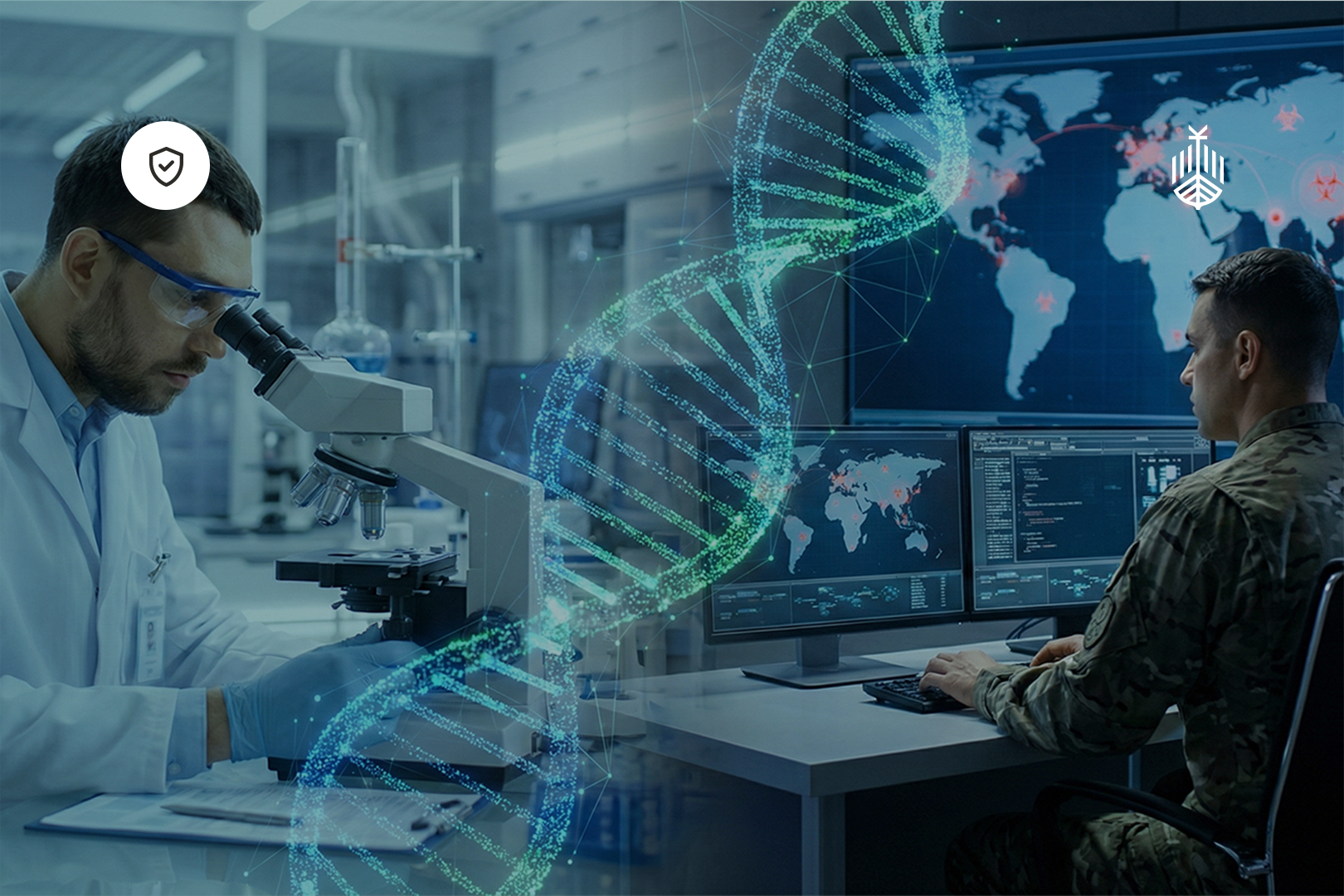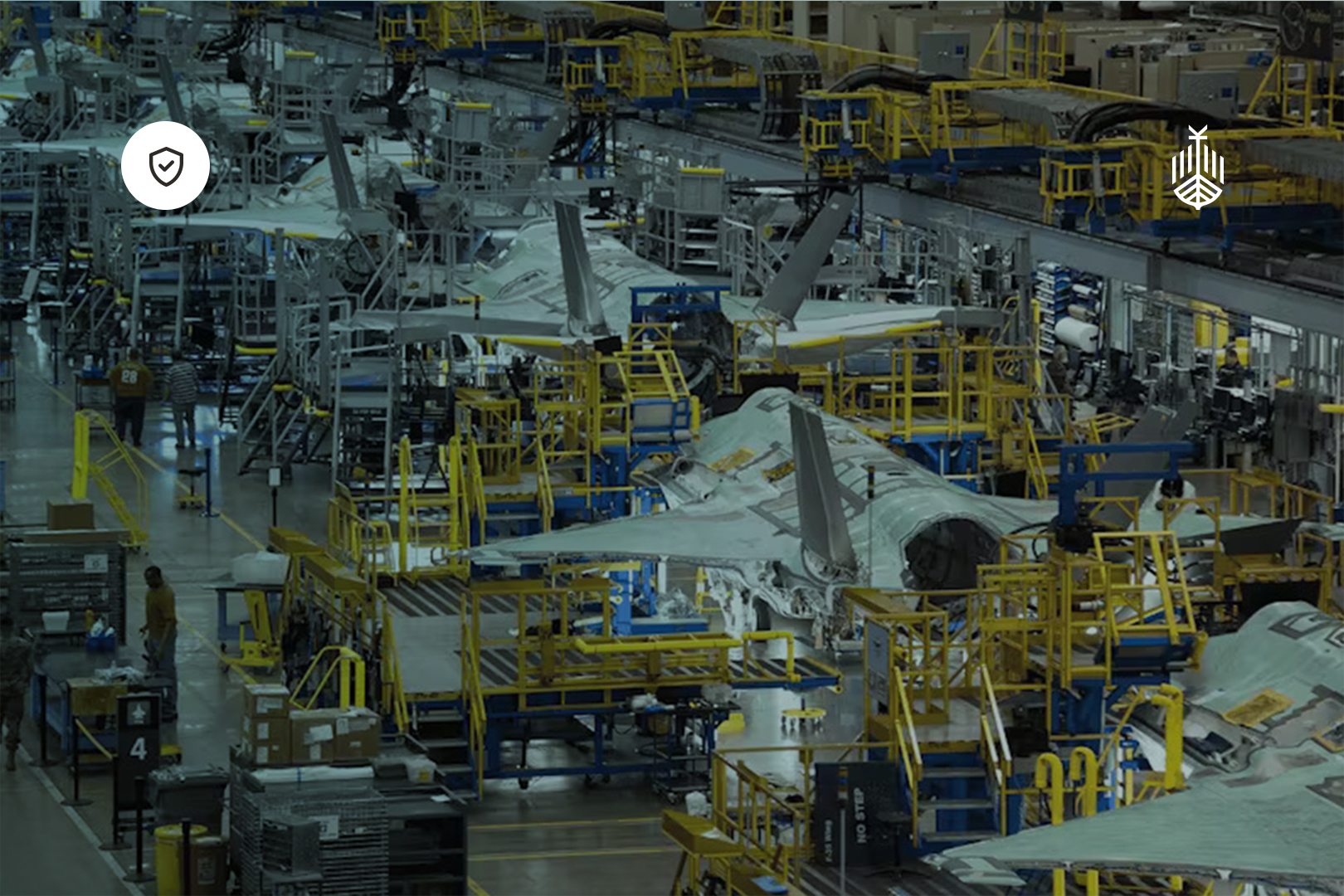The modern battlefield is rapidly transforming due to the introduction of multitasking autonomous systems.
Powered by AI, these technologies enable swift situational analysis and operational decision-making, surpassing human capabilities. The war in Ukraine has starkly demonstrated the critical importance of such systems for national defense and security in high-tech confrontations. According to Market Research Future, the global military robotics and autonomous systems market is projected to reach $27.5 billion by 2030, with an annual growth rate of about 13%.
The Main idea
Where once we observed a shift from manned to unmanned, we now see aerial reconnaissance transitioning from piloted aircraft to UAVs, while armored vehicles are replaced by unmanned tanks and carriers. Artillery strikes are increasingly conducted by kamikaze drones, and ground vehicles are evolving into unmanned platforms.
In today’s warfare, the speed of information exchange and response is crucial. The next step is to move from controlling individual assets, like drones or devices, to managing the entire battlefield situation akin to the game StarCraft. Commanding all resources under a single interface enables coordinated decision-making or even allows the system to assign tasks in real-time, based on varying inputs.
For example, an electronic reconnaissance system can instantly relay tasks to electronic jamming units, which in turn signal the automated air defense system. Multitasking autonomous systems significantly expand the possibilities for handling complex combat scenarios by autonomously making decisions, analyzing situations, and responding.
Transforming Modern Combat with Multitasking Autonomous Systems
Previously, air defense operations involved lengthy inter-unit communication. For instance, once a hostile object was detected, a message would be relayed through multiple levels, each handling different responsibilities. However, a unified information space allows an electronic intelligence system to immediately initiate jamming, which in turn cues air defense systems to take appropriate action.
Israel employs autonomous systems like the Harpy loitering munition, capable of autonomously monitoring and neutralizing radar targets for up to nine hours. According to a United Nations report, Turkey deploys the Kargu-2, which autonomously detects and tracks targets via computer vision.
Lessons from the War in Ukraine: A Case Study in Innovative Approaches
These technologies prove invaluable in high-stakes environments, where the speed and accuracy of responses determine mission success. The war in Ukraine has highlighted how multitasking autonomous systems can alter the course of combat. When electronic intelligence intercepts an enemy signal, these systems can identify the type of aircraft (such as an attack UAV or reconnaissance drone) and respond appropriately.
For example, if a detected UAV like Orlan enters the radar range of high-cost systems like the S-400, using such an expensive system on an inexpensive target is impractical. Instead, the autonomous system calculates that in 20 minutes, the Orlan will enter the range of a kamikaze drone and aligns the latter with the target’s trajectory. In doing so, it saves costly missiles by choosing a more efficient countermeasure.
Thus, speed in battlefield response has become a primary trend. The goal now is not merely to build unmanned vehicles but to enable automated decision-making within a multi-product paradigm, focusing on battlefield dynamics rather than isolated assets. Unified situational management should be the objective.
Future Trends in Military Autonomous Technologies
The rapidly growing market for autonomous systems fuels new trends, including:
- Integrating AI for real-time data analysis and decision support
- Automating combat operations, reducing strain on military personnel and enabling systems to operate independently
- Developing multi-functional drones and robots capable of coordinated interactions and rapid adaptation to changing conditions
Autonomous battlefield management is set to be a major trend over the coming decades.
Communication: The Challenges & Risks
Autonomous systems communicate in several stages:
- Collecting data from various sources into a central hub
- Issuing centralized commands across all units
- Establishing a network where autonomous systems communicate directly, circumventing the need for processing at an external station.
Safety remains paramount, with strict measures necessary to prevent task misallocation and secure access. Cybersecurity and system integrity against attacks are crucial, as interference could lead to catastrophic outcomes.
Interaction: The Challenges & Risks
The interaction between autonomous systems occurs in several stages:
- Gathering information from all sources into one place.
- Centralized task allocation from this single point to all assets.
For example, all systems could be controlled from a Ground Control Station, where all drones can be managed and information from all locations can be collected.
- The next major step will be creating a network where autonomous systems can "communicate" with each other, without needing to send all the information to an external station or server for processing and decision-making.
This would enable drones to autonomously find and target threats, engage them, and then return to base, providing video footage of the strike.
Another challenge is how to adapt AI for various mission types. AI must be trained and given experience, which can be done through simulations, training logs, and interactions with human operators.
Security is a critical concern. The most significant danger is the incorrect formulation of tasks. Furthermore, access to command must be highly restricted, and the protection of networks and systems from attacks remains crucial, as interference could have catastrophic consequences.
It is predicted that the full integration of autonomous battlefield management systems may take decades, especially due to technological challenges and the need for international standards and ethical norms. However, countries like the UK and the US are already working on adapting policies for the responsible use of these systems. On 16th February 2023, in The Hague, 47 countries supported the Political Declaration on Responsible Military Use of Artificial Intelligence and Autonomy.
The Impact on National Security and the Importance of Government Investment in Autonomous Systems Development
Autonomous systems are changing national defense strategies. What’s needed are not isolated tools, but combat systems that integrate all available assets. To ensure long-term strategic security, countries must invest in the development and integration of autonomous systems. These systems should be government-controlled, not commercial products, and they must receive full attention from those responsible for building national defense capabilities.
Such investments strengthen national defense and create a robust infrastructure for enhancing the military’s technological level. In modern warfare, when two opponents have similar technological capabilities, with no overwhelming advantage in either quality or quantity of assets, the critical factor becomes the complexity and integration of tools. Therefore, autonomous systems should be prioritized in military strategy to ensure stability and security.
Moreover, autonomous systems lack a moral compass. In critical situations, they will coldly make the most effective decisions.
For national security, it is crucial to develop a universal, government-controlled system that is closed off from cyber and physical threats and designed to seamlessly integrate with existing products. Today’s innovation no longer lies in materials; we’ve reached a point where physical products have reached their theoretical limits. Instead of seeking new fighter jets or tanks with a 10-30% improvement, it’s crucial to focus on achieving an asymmetric advantage. This can be done by developing autonomous systems like Autonomous Systems and Autonomous Vehicles. The next step will be transitioning to a comprehensive Autonomous Systems Network, where multiple units work together in harmony.
Conclusion
Multitasking autonomous systems are not just a technological trend; they are essential for modern national security. Integrating these systems at the state level, based on lessons from Ukraine, allows nations to better prepare for potential threats. Governments must ensure adequate control and accountability so that this technology serves the interests of peace and stability.














